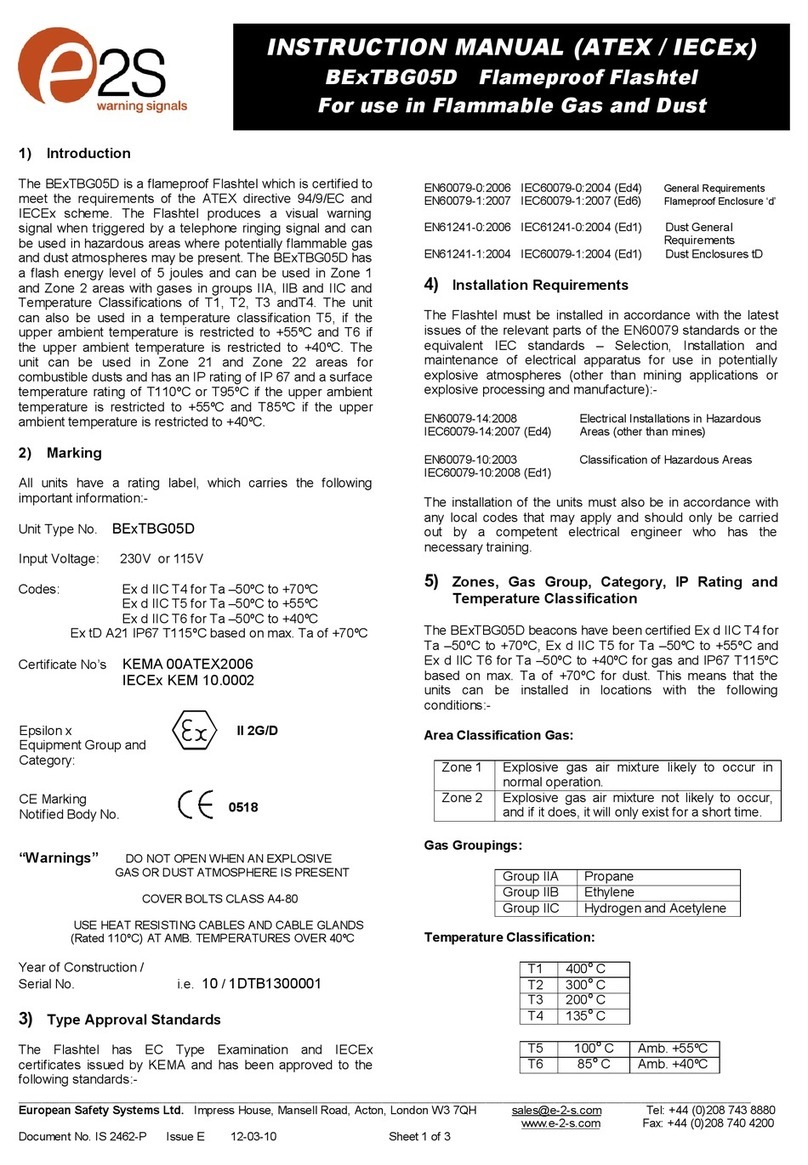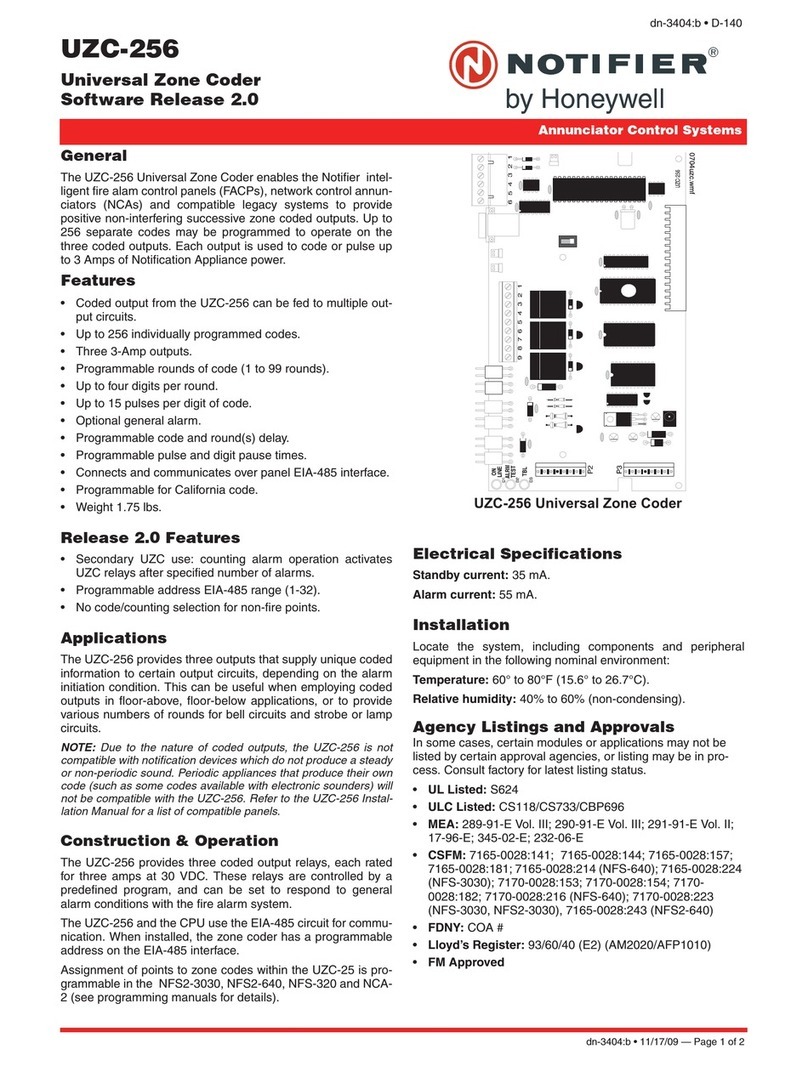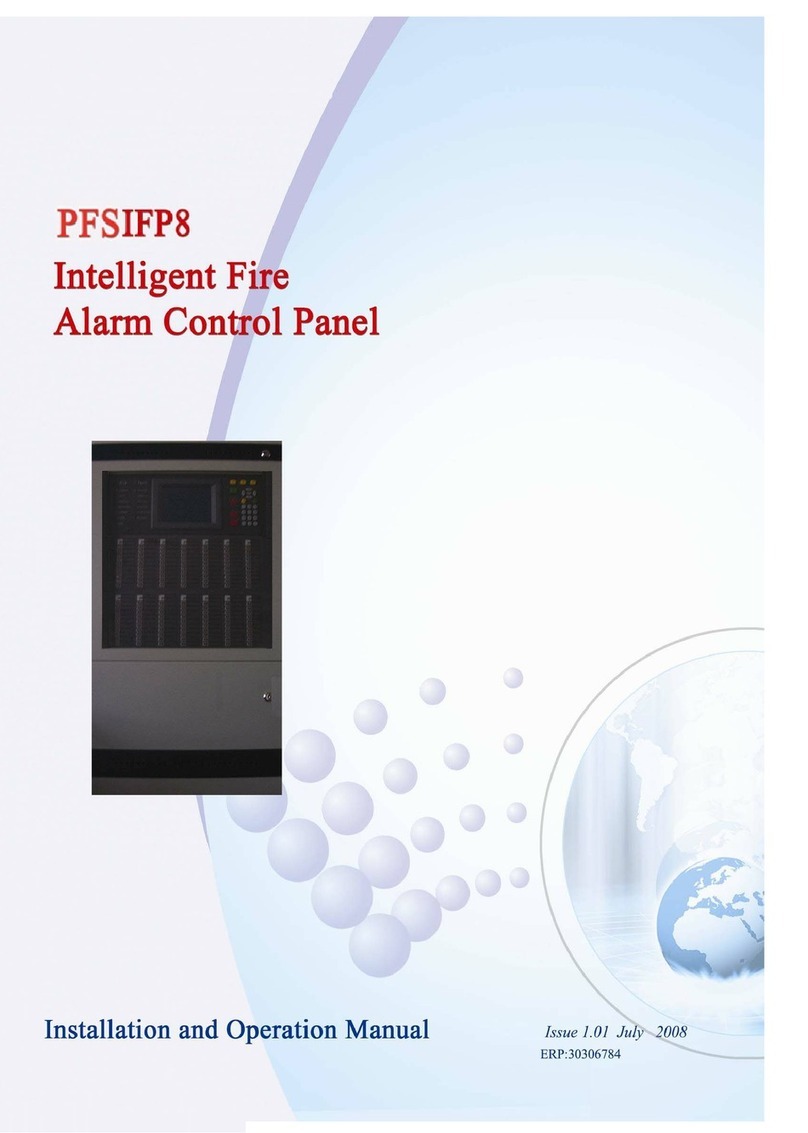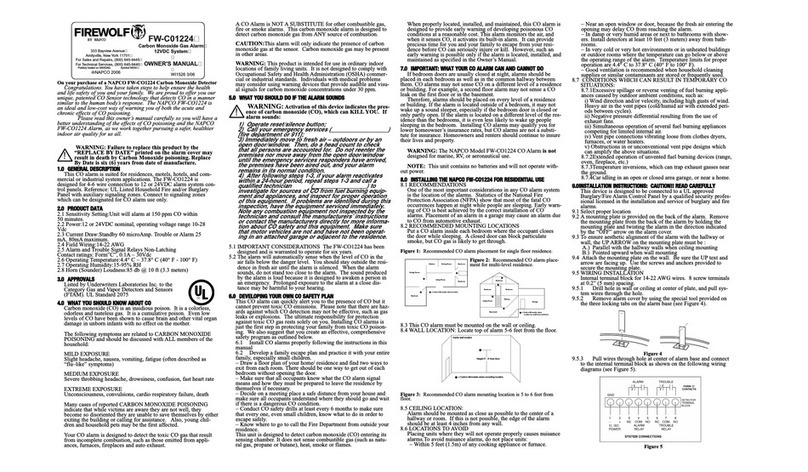
SAN Annunciator Manual iii
Important information
Limitation of liability
The content of this manual is proprietary in nature and is intended
solely for distribution to authorized persons, companies, distributors
and/or others for the sole purpose of conducting business associated
with Edwards Systems Technology, Inc. The distribution of
information contained within this manual to unauthorized persons shall
constitute a violation of any distributor agreements and may result in
implementation of legal proceedings.
This product has been designed to meet the requirements of NFPA
Standard 72, 1996 Edition; Underwriters Laboratories, Inc., Standard
864, 7th Edition; and Underwriters Laboratories of Canada, Inc.,
Standard ULC S527. Installation in accordance with this manual,
applicable codes, and the instructions of the Authority Having
Jurisdiction is mandatory. EST, Inc. shall not under any circumstances
be liable for any incidental or consequential damages arising from loss
of property or other damages or losses owing to the failure of EST, Inc.
products beyond the cost of repair or replacement of any defective
products. EST, Inc. reserves the right to make product improvements
and change product specifications at any time.
While every precaution has been taken during the preparation of this
manual to ensure the accuracy of its contents, EST assumes no
responsibility for errors or omissions.
FCC warning
This equipment can generate and radiate radio frequency energy. If this
equipment is not installed in accordance with this manual, it may cause
interference to radio communications. This equipment has been tested
and found to comply within the limits for Class A computing devices
pursuant to Subpart B of Part 15 of the FCC Rules. These rules are
designed to provide reasonable protection against such interference
when this equipment is operated in a commercial environment.
Operation of this equipment is likely to cause interference, in which
case the user at his own expense, is required to take whatever measures
may be required to correct the interference.




























